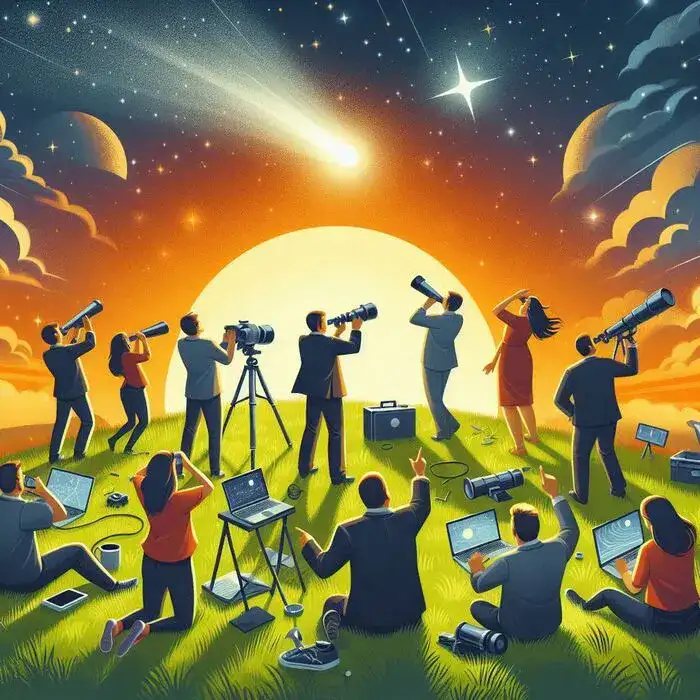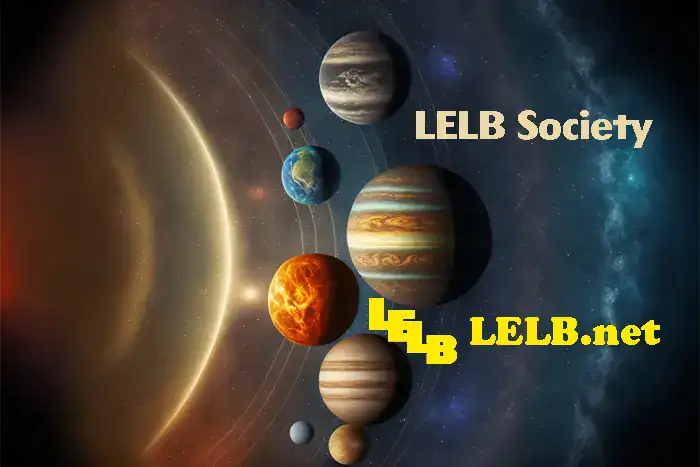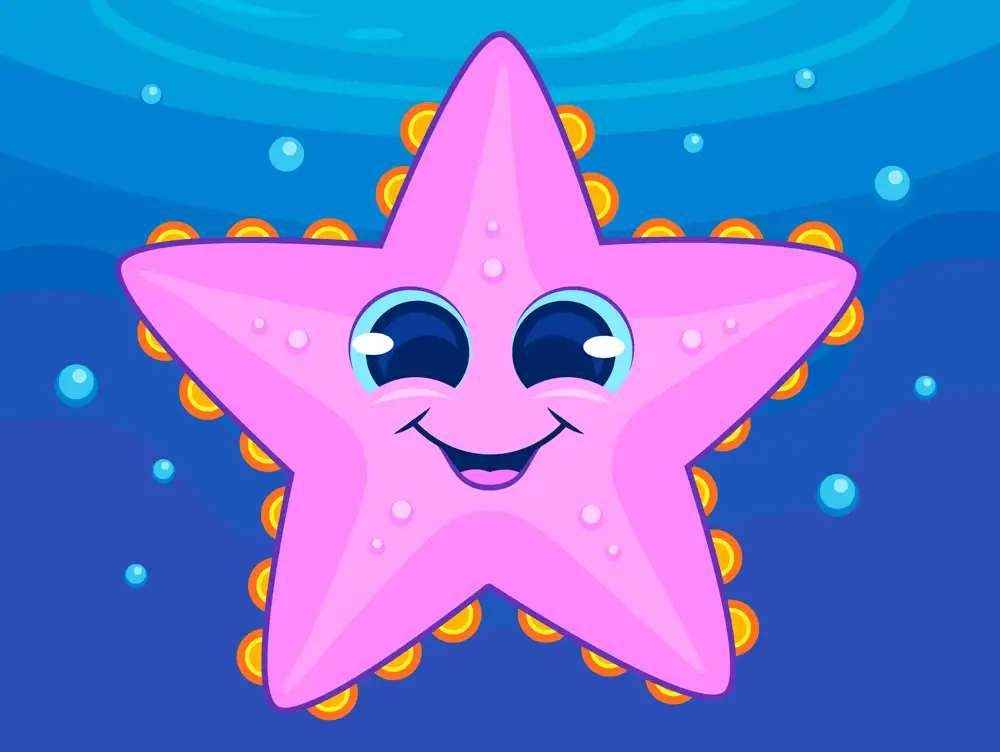Practice Reading & Listening on Moon Practice Reading & Listening on Moon for IELTS & TOEFL with illustrated flashcards, a podcast as a documentary from National Geographic YouTube Channel and text-to-speech transcribed by Zahra Pourbagher https://www.youtube.com/watch?v=6AviDjR9mmo Over 150 moons orbit the solar system's planets, and one of those moons calls Earth home. The moon was formed about 4.5 billion years ago when, according to one theory, the Earth slammed into another early planet. Debris from this collision began to orbit Earth, and accumulated, forming today’s moon. The structure of the moon The moon is the fifth largest natural satellite in the solar system, with ...
Home » English Documentaries with Transcript » Practice Reading & Listening on Moon for IELTS & TOEFL

Practice Reading & Listening on Moon for IELTS & TOEFL
Updated: by Zahra Pourbagher
Time to Read: 3 minutes | 425 Views | 7 Comments on Practice Reading & Listening on Moon for IELTS & TOEFL



Actually not noe off the hints I want to see is that how a night without a moon would look like.
To be honest, I didn’t get the main point of your comment. You need to write more grammatically to avoid ambiguity. Besides, sometimes the moon is full but totally covered by dense clouds.
The moon has always fascinated me. I really like to see the full moon, and occasionally, supermoon. Etymologically speaking, the word, lunatic, with the Latin root, lune, which means the moon, should have this connotation that people influenced by the beauty of the moon might get carried away and go crazy. Unfortunately, this elegant object is getting farther and farther from us. Yet, we and our descendants still have this chance to be mesmerized by her elegance and beauty.
Nature and universe always make me think deeply. How the universe with its huge unimaginable boundaries was created.
I agree, The universe is so immense that our mind can never digest its magnitude. Compared to The Milky Way Galaxy, our solar system is literally nothing but a minute particle, let alone the entire universe.
Origin of the Moon
Over 150 moons orbit the solar system ‘s planets . And one of those moons calles Earth home .
The moon was formed about 4 . 5 billion years ago when , according to one theory , the Earth slammed in to another early planet .
Debris from this collision begn to orbit Earth , and accumulated , formong today’s moon .
The structure of the moon
The moon is the fifth largest natural satellite in the system , with a diameter just under the width of China . It’s compossed of an iron each core , plus a mantle and crust containing mineralls made of magnesim , oxygen and silicon .
The moon’s suface was once geologicaally active and covered in an ocean of magma .
But today , a part from trances of water ice , the surface is completely covered in dust and rocky debris . Countless craters dot the moon’s sutface . Each formed by objects such as meteroids , comets and asteroids crashig onto the moon .The largest crater , the South Pole Aitkin basin , spans across a quarter of the moon’s surface , and is nearly deep enough to fit mount Everest inside .
The moon position on its orbit around Earth
The moon orbits our planet at an average distance of 30 Earths . It rotates at the same rate that it revolves . So as it revolves around our planet , the same side of the moon face the same at all times . From the earth ‘ s surface , we can observe eigjt distinct traditionally recognized stages of the moon’s illumination , called lunar phases .
Moon exploration
They have been observed for thousands of years , and even provided the basis for the earliest calendars . For most of human history , the moon could only be studied from afar . But on July 20th , 1969 , human were able to close that distance with the American spaceflight mission Apllo 11 . It placed humans on the moon for the way first time . Bringing our undrestanding of Earth ‘s only natural satellite one step closer .
Thank you so much for your transcription, which is much better than the previous one. I’ve corrected some errors and typos that could be recognized by comparing your comment and the body of this post.